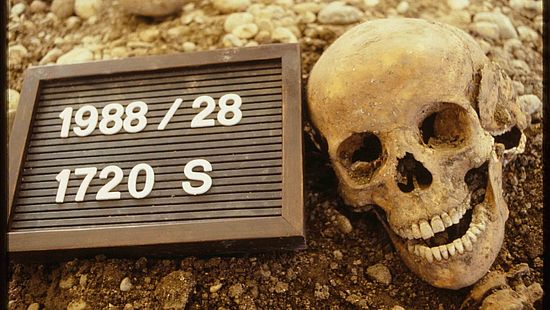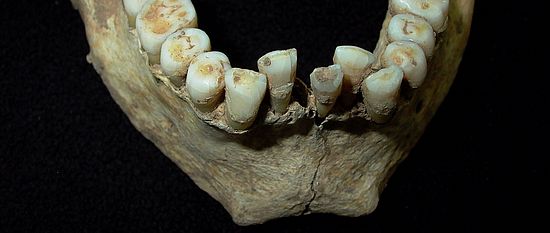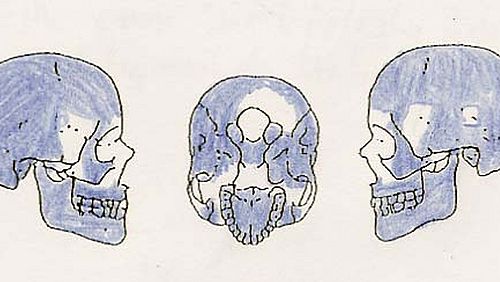
Archaeoanthropology
Archaeoanthropology working group
Archaeoanthropology studies the physical remains of past populations, which are mainly recovered during archaeological excavations. Skeletal remains, cremated remains and mummies are valuable biological source material containing information on age, gender, diet, workload, diseases, social internships, personal habits, biogeochemical (stable isotopes) and genetic identity (aDNA). In close collaboration with archaeology, archaeoanthropology develops insights into the living conditions of past times.
Introductory literature:
- TBD
Archaeoanthropology is an integral part of the studies of Prehistoric and Natural History Archaeology (PNA) at the University of Basel. At Bachelor's level, students acquire basic knowledge of the fields and methods of archaeoanthropology in a four-semester cycle of theoretical and practical courses. At Master's level, the basics of individual research can be extended to population analysis.
Cyclical courses:
- TBD
TBD

Contact Archaeoanthropology
Staff
Associated co-workers
| Dr. Gerhard Hotz | Assistant lecturer | gerhard.hotz-at-unibas.ch | +41 61 266 55 45 |
| Nicole Nicklisch | Assistant lecturer | nicole.nicklisch-at-unibas.ch | external |
| Prof. Dr. Kurt Werner Alt | Visiting Professor | kurt.alt-at-unibas.ch | external |
| PD Dr. Alexandros Karakostis | Assistant lecturer | fotiosalexandros.karakostis-at-unibas.ch | external |
Citizen Research Basel (BBS)
| Dr. Thomas Briellmann | Freelance academic co-worker at the BBS | thomas.briellmann-at-unibas.ch | external |
| Fritz Häsler | Freelance academic co-worker at the BBS | fritz.haesler-at-unibas.ch | external |
| Dr. Ursula Hirter | Freelance academic co-worker at the BBS | ursula.hirter-at-unibas.ch | external |
| Jürgen Rauber | Freelance academic co-worker at the BBS | juergen.rauber-at-unibas.ch | external |
| Dr. Hermann Wichers | Freelance academic co-worker at the BBS | Hermann.Wichers-at-unibas.ch | external |
| Marina Zulauf-Semmler | Freelance academic co-worker at the BBS | marina.zulauf-at-unibas.ch | external |
Further projects
Basel Hospital Cemetery
The Basel Hospital Cemetery Project, at the interface between the natural sciences and the humanities, is researching a series of over 500 identified skeletons (or parts thereof) and over 900 associated medical records.
Access request archaeobotany collection
Consulation of the collections is possible after consultation with Dr. Sandra Pichler.
Quick Links
Social Media


